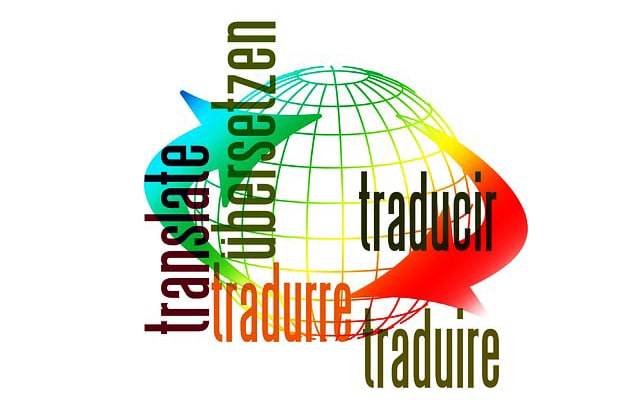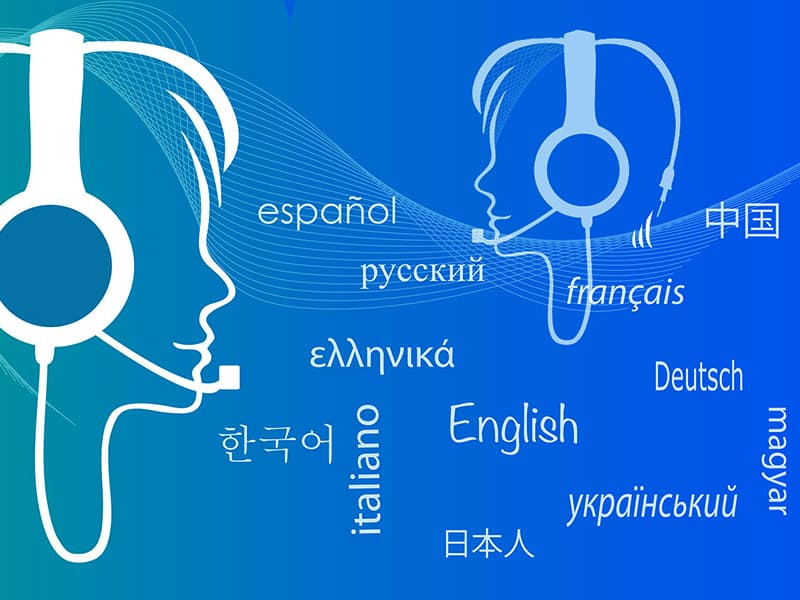Outline of EU Guidelines and Regulations
European Association (EU) guidelines are a basic part of the EU's legitimate system, intended to guarantee consistency and consistency across part states. They are restricting authoritative demonstrations that should be applied completely all through the EU, dissimilar to mandates, which permit part states to decide how to accomplish explicit objectives.
Regulations Definition and Qualities
A guideline is characterized under Article 288 of the Deal on the Working of the European Association (TFEU) as a lawful demonstration that has general application. This implies it is relevant to all EU part states without the requirement for public regulation to execute it. For example, guidelines, for example, those administering purchaser privileges or ecological norms happen quickly upon reception and should be complied with by all part states.
Sorts of Regulations
There are two primary kinds of guidelines inside the EU system:
1. Designated Guidelines: These are taken on by the European Commission to enhance or revise unnecessary components of a regulative demonstration. This cycle considers adaptability and transformation without requiring a full official strategy.
2. Carrying out Guidelines: These are fundamental for guaranteeing uniform utilization of EU regulations across part states. They give itemized rules on how more extensive administrative demonstrations ought to be applied by and by.
Regulative Interaction
The cycle through which guidelines are made includes a few key establishments:
- European Commission: The Commission starts regulation and is answerable for guaranteeing that EU regulations are carried out accurately across part states.
- European Parliament and Committee: The two organizations take part in the official cycle, with the Parliament playing a critical part in examining recommendations and giving info. The Customary Regulative Technique (previously known as co-choice) requires both the Parliament and the Board to settle on regulation, guaranteeing majority rule oversight.
Instances of Outstanding Guidelines
A few guidelines outline the expansiveness and effect of EU regulation:
- General Information Assurance Guideline (GDPR): This guideline administers information security and protection in the EU, laying out severe rules for information dealing with and client freedoms.
- Guideline (EU) No 1169/2011: Zeroed in on food data for buyers, this guideline commands clear marking practices to improve customer mindfulness with respect to food items.
Effect and Significance of EU Regulations
EU guidelines assume an essential part in molding strategies that influence a large number of residents across Europe. They guarantee that principles are kept up with consistently, cultivating participation among part states while tending to cross-line issues like exchange, natural assurance, and purchaser privileges. By laying out clear lawful structures, guidelines assist with working with a solitary market that benefits the two purchasers and organizations the same.
Taking everything into account, understanding EU guidelines is fundamental for grasping what the Association works and means for day to day existence inside its part states. Through their limiting nature and thorough degree, these guidelines embody the EU's obligation to establishing a firm lawful climate that advances soundness, security, and decency across Europe.
NewEnglishCenter Regulations

Grow your business and website with our results based services.

Reach new national and international markets for your business.

Online free and premium language services will become your tools in developing your career.